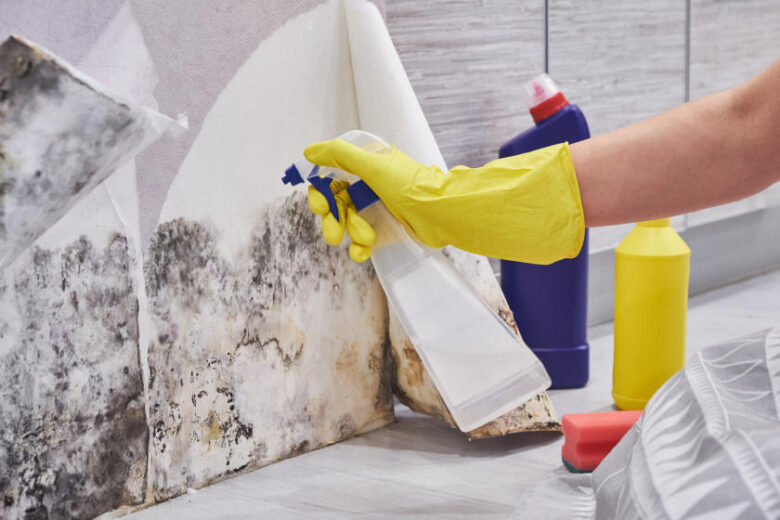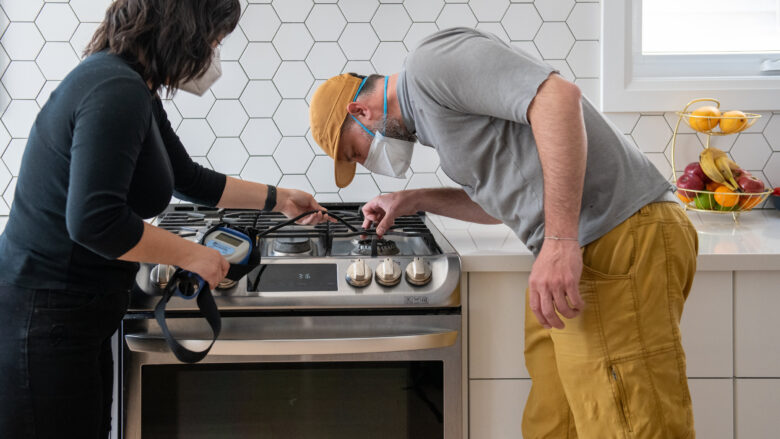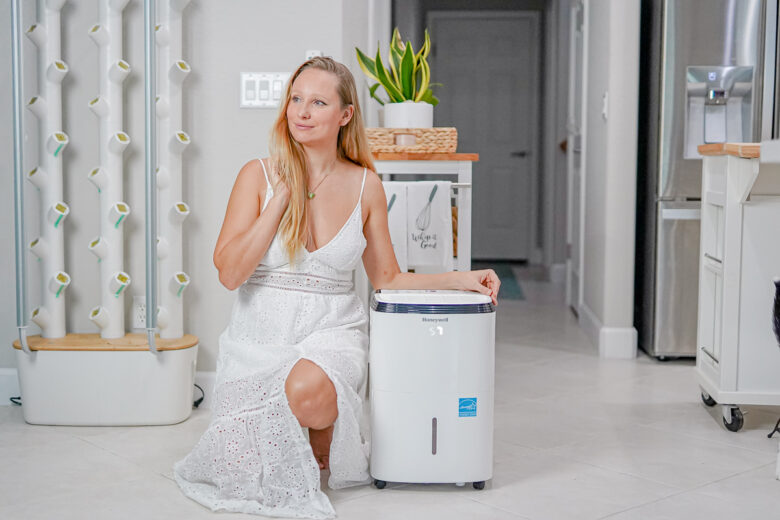A tightly sealed home has excellent insulation and can save you a ton on heating and cooling bills. However, closed homes can face a build-up of indoor air pollutants that can lead to a host of health problems and safety hazards.
Indoor air quality (IAQ) is an important consideration for any home and proper indoor air quality management is essential for a healthy living environment.
Here are some factors that affect the indoor air quality of your home and how you can address them.
Contents
1. Dust Particles
Dust particles can come from indoor or outdoor sources. Dust is often tracked into the house on the clothing and shoes of the occupants. It is also introduced through the doors and windows or a poorly filtered ventilation system. This problem is more serious in dry, windy regions or densely-populated cities.
Dead skin, fine soil, and textile fibers are just some of the things that make up the dust particles floating in the air around your home. Inhalation or close contact with dust can cause allergic reactions such as nasal congestion and itchy eyes. In high concentrations, dust can lead to breathing difficulties and shortness of breath for people with sensitivities.
2. Mildew and Mold

Source: truevalue.com
Microbes such as mildew and mold grow easily in a damp home. Mold presents as dark green, grey, or black patches that grow in areas where moisture accumulates. It is most often seen in bathrooms and basements but can show up anywhere around the house where the floors, walls, or ceilings are exposed to constant dampness.
Mold exposure can lead to allergic reactions and serious respiratory problems such as asthma attacks. Prolonged inhalation of toxic types of mold can be fatal. Excess moisture in the house typically stems from plumbing problems like leaky pipes and improper drainage.
3. Pets and Pests
Pets contribute significantly to the dust that circulates in the home. Fur shed by your pet is referred to as pet dander and it is thought to be one of the top triggers of allergic reactions. In addition, your pet may also bring dust, dirt, and pollen into the home after being outside.
Aside from your pets, unwanted visitors such as mice, cockroaches, and dust mites can also introduce allergens into the home that not only cause allergic reactions but lead to diseases such as rhinitis and asthma. Harmful indoor air pollution from pests is of particular concern in areas of high population density such as the inner city.
4. Dangerous Gases

Source: nytimes.com
Without proper ventilation, many hazardous gases can accumulate in your home. One of these is carbon monoxide which is colorless and odorless. Carbon monoxide can be generated indoors by fuel-burning heating appliances. Inhalation of carbon monoxide can lead to carbon monoxide poisoning and even death.
Homes that have gas stoves may also be at risk of leaks that release carbon monoxide, nitrogen dioxide, and other toxic gases into the air. These fumes can cause shortness of breath, throat irritation, and dizziness. Another gas that can damage your health is radon. Radon is a gas that is naturally present in certain areas of land that enter your home through cracks in the foundation. A build-up of radon in your home can lead to lung cancer.
5. Chemicals and Cleaning
Many items that we use in our homes such as paint or wood preservatives contain volatile organic compounds (VOCs) that can be harmful to our health. VOCs vaporize at room temperature and circulate in your indoor air. Although VOCs are not visible, they can cause symptoms such as headaches, dizziness, and skin allergies.
Some VOCs like formaldehyde and benzene are proven carcinogens. Aside from seldom-used items such as paint, many of our daily cleaning products contain VOCs as well.
Products such as air fresheners, disinfectants, pesticides, and chlorine-based bleach are known sources of VOCs. You may even find VOCs in aerosol personal care products such as deodorants and hair spray.
6. High Humidity

Source: goodhousekeeping.com
If a home is too dry, its occupants can experience skin dryness and eye irritation. In addition, wood and other materials in the home can become dry and brittle which could lead to cracks. On the other hand, if a home is too moist, it can be difficult for people with asthma and other respiratory issues to breathe.
Furthermore, humid air contributes to the multiplication of mold and mildew and creates an environment where dust mites thrive. This will in turn lead to more serious health problems. Ideally, the humidity level in your home should be between 30-50%.
How to Improve Your Indoor Air Quality
Regular vacuuming and wiping surfaces with microfiber cloths are the most direct ways that you can minimize dust and improve your indoor air quality. If you have pets, you should brush them often and wash their bedding regularly to prevent allergens from collecting in your home. It is also important to avoid smoking indoors and minimize the use of harsh cleaning chemicals in the home.
That said, certain factors that contribute to indoor air pollution cannot be addressed by frequent cleaning and making conscientious product choices alone. These include the presence of mold on the ceiling boards or the accumulation of dangerous gases in the air. Often, the key contributor to your home’s indoor air quality problems is poor ventilation and/or outdated heating and cooling systems.
Therefore, it is best to have an indoor air quality management expert evaluate your home. For instance, an indoor air quality specialist may measure the levels of humidity in your home and recommend that you install a dehumidifier to achieve balanced humidity and discourage mold growth. They may also recommend that you call in the plumber to address any moisture leaks.

Source: dailymom.com
A well-designed heating, ventilation, and air conditioning (HVAC) system can help you to maintain your indoor air quality and temperature. An indoor air quality specialist can examine your property and recommend the best HVAC system for your needs and budget. HVAC systems heat and cool your home efficiently. At the same time, their powerful filters trap pollutants such as dust, pollen, and pet dander and prevent these substances from circulating in the air.
If you already have an HVAC system installed, be sure to perform annual maintenance to ensure that it is clean and functioning at its best. Your filters should be changed periodically, and any damaged parts replaced. Your indoor air quality specialist may also recommend that you integrate UV light air purification into your HVAC system to eliminate harmful bacteria from the air that you breathe.
The quality of the air inside your home greatly affects your health and happiness. By being aware of the chemicals, gases, and particles that may be present indoors, you will be better equipped to prevent an unsafe situation. Ensure that your carbon monoxide and gas detectors are working properly, clean thoroughly, and seek professional advice on adding air purification and filtration to your home ventilation system.
